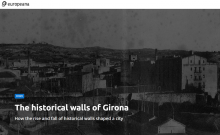Europeana Space and the Europeana TV pilot were extensively presented at DISH 2015 in Rotterdam, an important biannual conference about digital strategies for heritage.
A table session was chaired by Greg Markus (NISV), under the title: Adding another layer: Europeana Space and sustainable prototyping, trying to discuss the key relationship between experimenting with creativity and sustainability. The experience of E-Space hackathons and the process of business modelling that follows is able to assess and predict caveats that would impact the sustainability of the hackathon outcomes. The session stimulated a frank and open discussion about hackathon and business models with experts in this field. The Table discussion took place within the track 1 Lose your Modesty! http://www.dish2015.nl/programme/table-sessions/day-1-lose-your-modesty/
Unanimously, the elephant in the room for Europeana Space was acclaimed to be IPR.
Also, the project and the TV pilot were presented in detail during a panel workshop including other EU projects and initiatives. The objective of the Panel, entitled From Digitisation to Preservation, Creative Re-use of Cultural Content and Citizen Participation, was to discuss the effects of the impressive amount of digitized cultural heritage (DCH) now available in Europe, in terms of:
- making cultural heritage more accessible and generating benefits to the content owners and to the citizens, in a more participative approach to cultural heritage and research
- assessing the sociological impact and the context of change brought in by digitization and digital technologies, and the changing role of cultural institutions
- determining solutions for re-using digital cultural content to unlock its business potential fostering economic growth
Crucially, generating new employment and economic rewards by leveraging on DCH needs the development of strategic alliances between sectors and actors which are not used to work together. Next to that, we see examples of how the accelerating pace of IT developments and its usage by ordinary people is going far beyond society’s ability to make sense (and make sensible decisions) of what is ‘right’ and what is ‘wrong’ within the context of existing legal and moral codes. For Europeana Space, Lizzy Komen of NISV and Bart Bonnevalle of Noterik presented the overall framework of the project and then went in details about the TV pilot. The slides of the panel workshop are available here. The panel was set on the first day of the conference 7th December in the Track 1 Lose your Modesty! http://www.dish2015.nl/programme/workshops/lose-your-modesty/


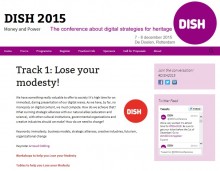
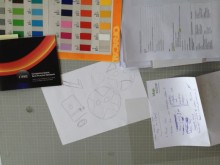
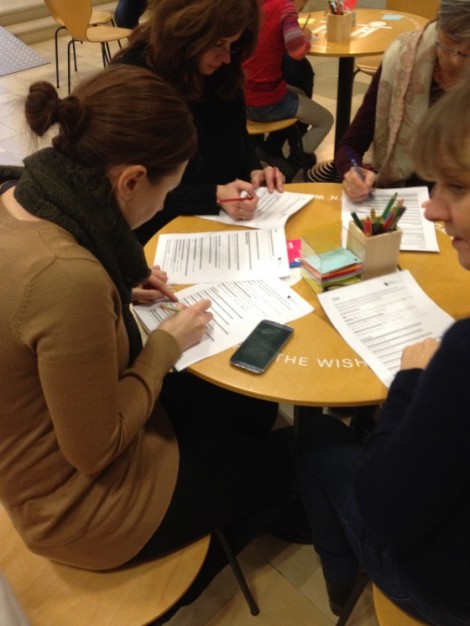 A questionnaire was designed by the museum pilot partners as a basis for an overarching evaluation of all three participating content partners (SPK, LAM and EVK). First user testings were conducted with participants from the working group “Multimedia” during the “
A questionnaire was designed by the museum pilot partners as a basis for an overarching evaluation of all three participating content partners (SPK, LAM and EVK). First user testings were conducted with participants from the working group “Multimedia” during the “









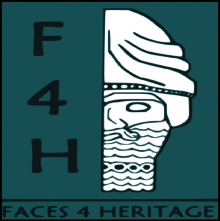
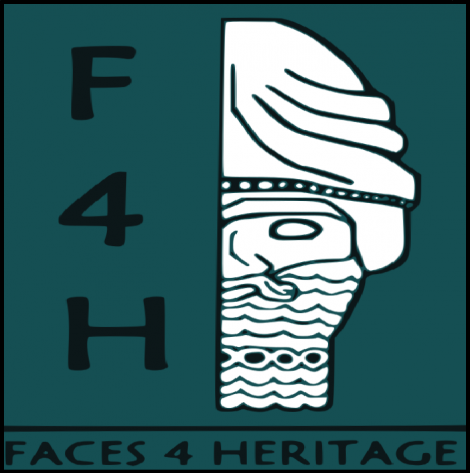
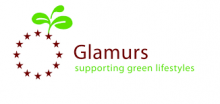
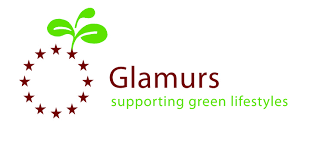

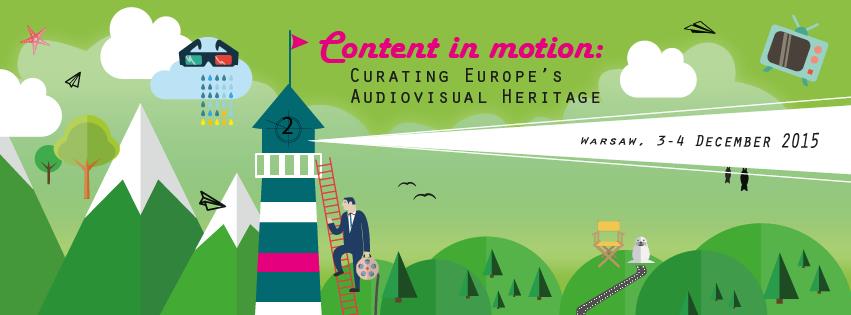


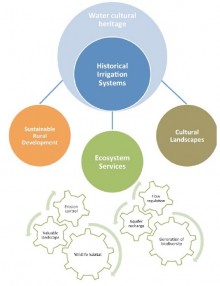

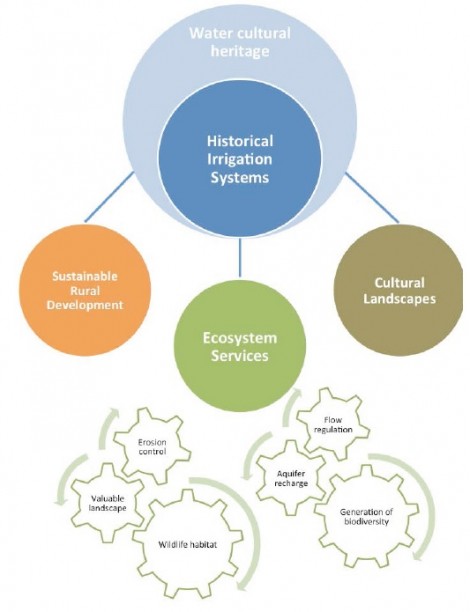


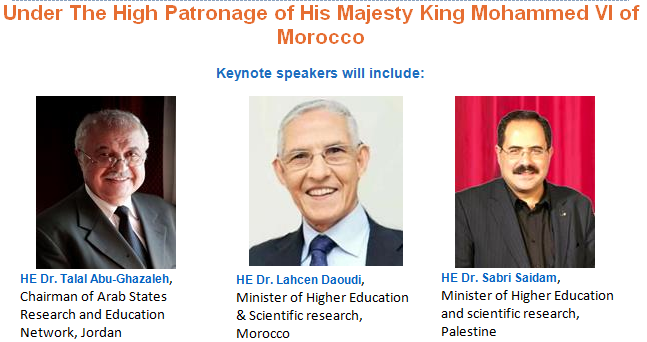

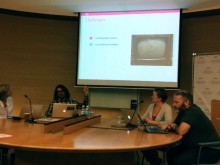
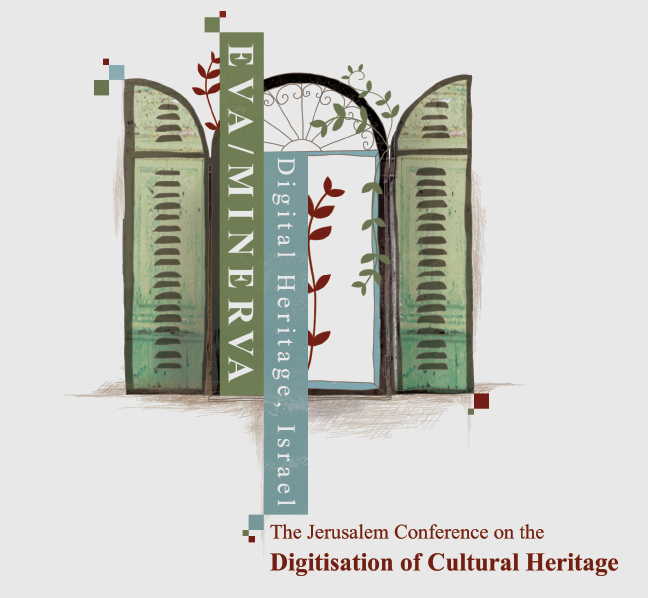
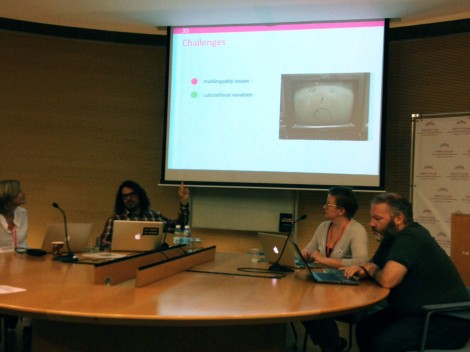
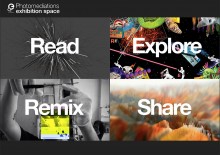
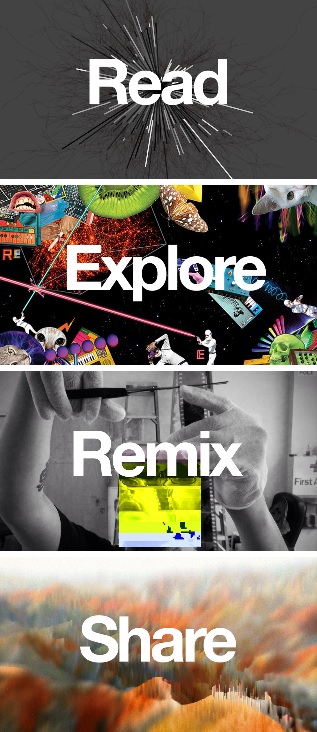 The editors of
The editors of 



























